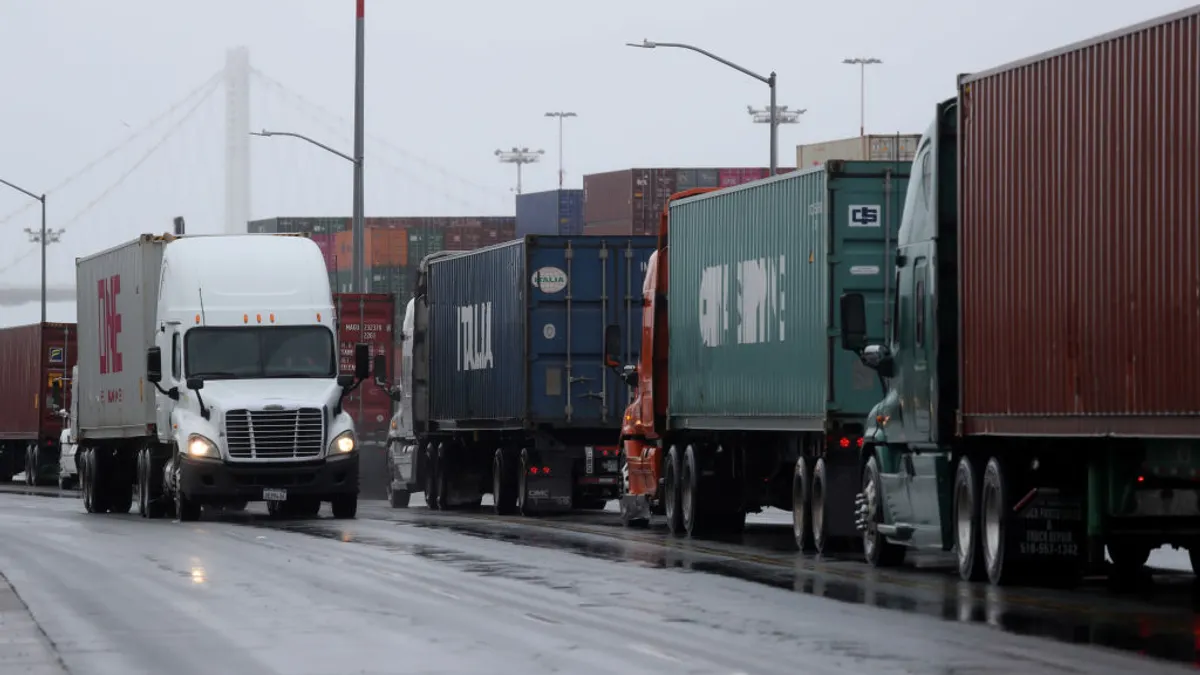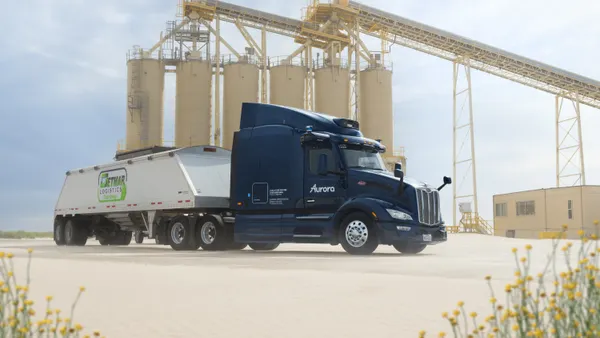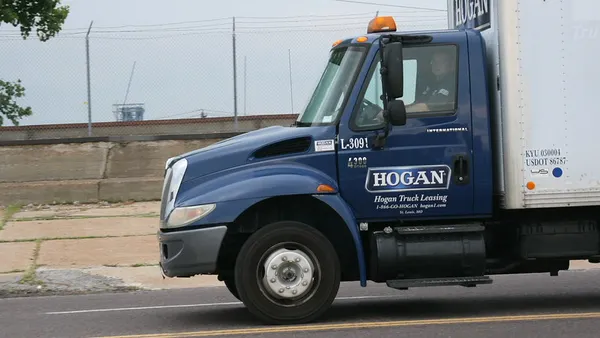UPS uses 127,000 package cars, vans, tractors and motorcycles to make deliveries.
Car and Driver estimated Amazon gets the job done with 30,000 company-branded delivery vehicles and 20,000 branded trailers.
Penske Truck Leasing features a fleet of more than 300,000 in North America, spanning from Class 3 to Class 8 trucks.
Mixed-vehicle fleets such as these are customary in many industries, but not necessarily in the freight transportation industry, Paul Lauria, president of fleet-management consultancy Mercury Associates, said in an email.
"Many TL, LTL, and private truck fleet operators concentrate on moving products from manufacturing facilities, rail and marine terminals, etc., to warehousing and distribution centers," said Lauria. "From there the goods are often transported to end customers in smaller vehicles, depending on the type of goods being moved."
Tim Denoyer, vice president and senior analyst at ACT Research, said in an email that mixed fleets were fairly common in work truck type fleets, like utilities and construction, but much less so in highway truckload freight operations.
However, parcel carriers like UPS, FedEx and Amazon are growing, with e-commerce as the main driver, Denoyer said. Leasing companies with rental operations also need a spectrum of truck types to meet the rental demand.
Labor, technology shift fleet makeup
"I believe mixed fleets will become more common. Key personnel must rethink and diversify their fleets compared to what they did in the past, due to the final mile needs and higher customer expectations," Paul Rosa, senior vice president of procurement and fleet planning at Penske Truck Leasing, said in an email.
In increasingly more instances, he said, what used to be done with a tractor-trailer is now done with straight trucks and light-duty delivery trucks. This helps solve the driver shortage because less-experienced drivers can be hired to take the wheel.
"A big guiding force in changing vehicle size now is the driver pool," said Rosa. "The shift is headed towards non-CDL vehicles because those drivers are easier to find and will usually work at a lower wage point, than CDL-licensed drivers.
In the future, alternatively fueled units and electric vehicles will come into play, Rosa said. Then the choice may also be driven by vehicle cost, range and payload capabilities, he said. Sizing the vehicle correctly can help avoid unnecessary vehicle and infrastructure costs.
Lauria also said he believes mixed vehicle size fleets will be more common in certain industries. That will happen when better data is developed on the loading, dispatching, routing and scheduling of vehicles, and, by extension, the most efficient way to perform those functions.
Finding the right combination
Asset allocation, selection and procurement decisions are generally made by the operating companies and/or other business entities that need vehicles and equipment to fulfill their missions, said Lauria.
"Such business units typically try to ensure the efficiency of their selection, deployment and utilization of fleet assets, although not always successfully," Lauria said.
To be successful, the preferred mix is determined by looking at the fleet's needs in a given marketplace and what the customer needs, said Rosa.
Begin analyzing utilization by type, as well as profitability by type. Rosa urged fleets to consider these factors:
- High customer demand equals high utilization.
- Driver availability and driver qualifications.
- Facility and space constraints for outbound (operator's location) and inbound (customer's locations).
- Dock-to-dock versus retail deliveries.
Heavy-duty trucks are needed more often for distribution center deliveries and pickups because of volume, Rosa said, expanding on the last item. Light- and medium-duty trucks work best for runs to retail stores, grocers and homes because they're nimbler getting through shopping malls and residential areas. The smaller trucks are also seen as less intrusive by the general public.
For firms managing mixed-vehicle fleets, technology can help. Tools have made huge leaps forward, said Rosa.
"System's integration maximizes fleet efficiency by combining the power of telematics data, with fleet management software, to monitor utilization and preventive maintenance," Rosa said.
Electronic shop planning tools also help with maintenance, scheduling and customer communications, he said. It starts with the vehicle — putting telematics devices on a fleet opens up so many things.
"The vehicle communicates with our service department systems to schedule a service, help plan for any needed parts or to simply share the vehicle is healthy," said Rosa.









